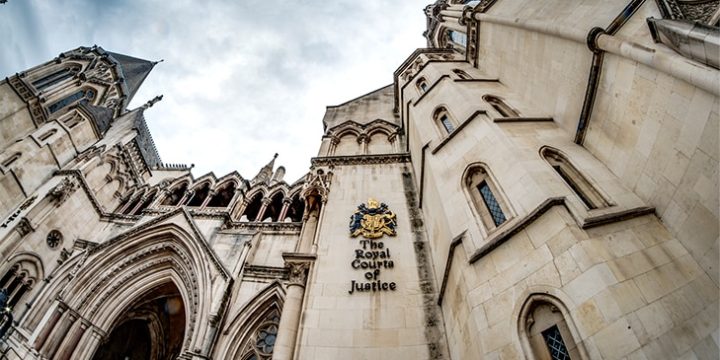News & Insights
A “floored” consultation- how effective is a displaced notice in a pathway consultation?

Like many of us in lockdown, I have been taking daily walks around my locality, something which has become significantly less chilly (albeit not much less damp) over the last week or so. On one of my walks this week, I came across something, or rather two somethings lying on the ground in a muddy field that piqued my curiosity- two notices made by the local Council notifying residents of the making of a public path order.
This process is conducted under the Highways Act 1980 (section 26) and requires a draft of the notice to be (amongst other things) published in at least one local newspaper and “caused to be displayed in a prominent position” (Schedule 6, paragraph 1(3)(c)), with certain specifications as to where this prominent position must be. In the case of the notices I found, they had clearly once been displayed on a post at the entrance to the pathway (I even found the pin that had once been in them, alongside another part of the notice).
Clearly, by action of nature or malice, the notice had become displaced. The notice has several functions in law, amongst which is to invite representations on the making of the order, so in it’s own way it represents a form of public consultation. And that got me thinking- what effect, if any, does the unseating of the notice have on the status of the consultation?
Astonishingly, there are no legal cases specifically on section 26. Whether this is due to public apathy (pun unintended), a lack of occasions whereby signs have become displaced, or legal oversight is not clear. One place however where we can find a perhaps analogous situation in the same act that does have case law backing it up is on s.31 of the Highways Act.
The question of why s.31 has more case law around it is simple to answer- it’s a more controversial section dealing with the presumed creation of rights of way after 20 years of public use. Naturally, some land-owners are not keen on the public tramping over their land, and there are provisions that allow landowners to prevent the establishment of rights of way, which also involve the placement of notices. These notices however are not placed by the council, but by the landowner.
The conditions are slightly different, but the principle, the same- a notification must be placed visibly, on the relevant land. The interesting point comes in s 31(5), which deals with notices that are “torn down or defaced”. In this subsection it is determined that a notice given by the landowner to the appropriate council shall also count as sufficient evidence.
The case law around this point is fairly extensive, significantly dealing with what is required of the notice. From it we can draw the key points that the importance is the visibility of the notice, and that it does not need to be maintained in perpetually perfect condition for the duration of its display. For the s.31 notices (different, remember to the s.26 notices found here), it is clear that the ‘notification to the council’ in the event of notices being removed or defaced is deemed a secondary and sub-par method of notice being given.
So what about s.26 notices? The requirement to publish in a local newspaper and to place notices on the land are given equal prominence in the statute. From this, and working by analogy from the judicial thinking in the s.31 cases, we might take that providing the notices have been placed in all requisite places, even if they have been unseated by malice or force majeure from their location on the land in question, a court would find that the consultation was adequate- on the grounds that the statutory principles had been adhered to.
Backing this up would be the fact that courts are rarely willing to punish for minor external events outside the control of the defendant. It would be unreasonable to expect any council to inspect every notice it had placed on a regular basis- they’d never get anything else done. So we might comfortably conclude that so long as a council can demonstrate it has met its statutory obligations, it would be safe. Were they to wish to be extra certain, perhaps it would be advisable to take a picture of the notice in situ, as evidence of its placement.
This is of course, all conjecture. It may well be that no case ever arises around s.26 notices. But these thought provoking little encounters we have do have value, even if they remain primarily theoretical. They encourage us to think about our processes and remind us of the importance of doing things properly. And with more people out walking at the moment, public pathways and access routes may become more important- especially if people continue to explore their local world after the pandemic.



